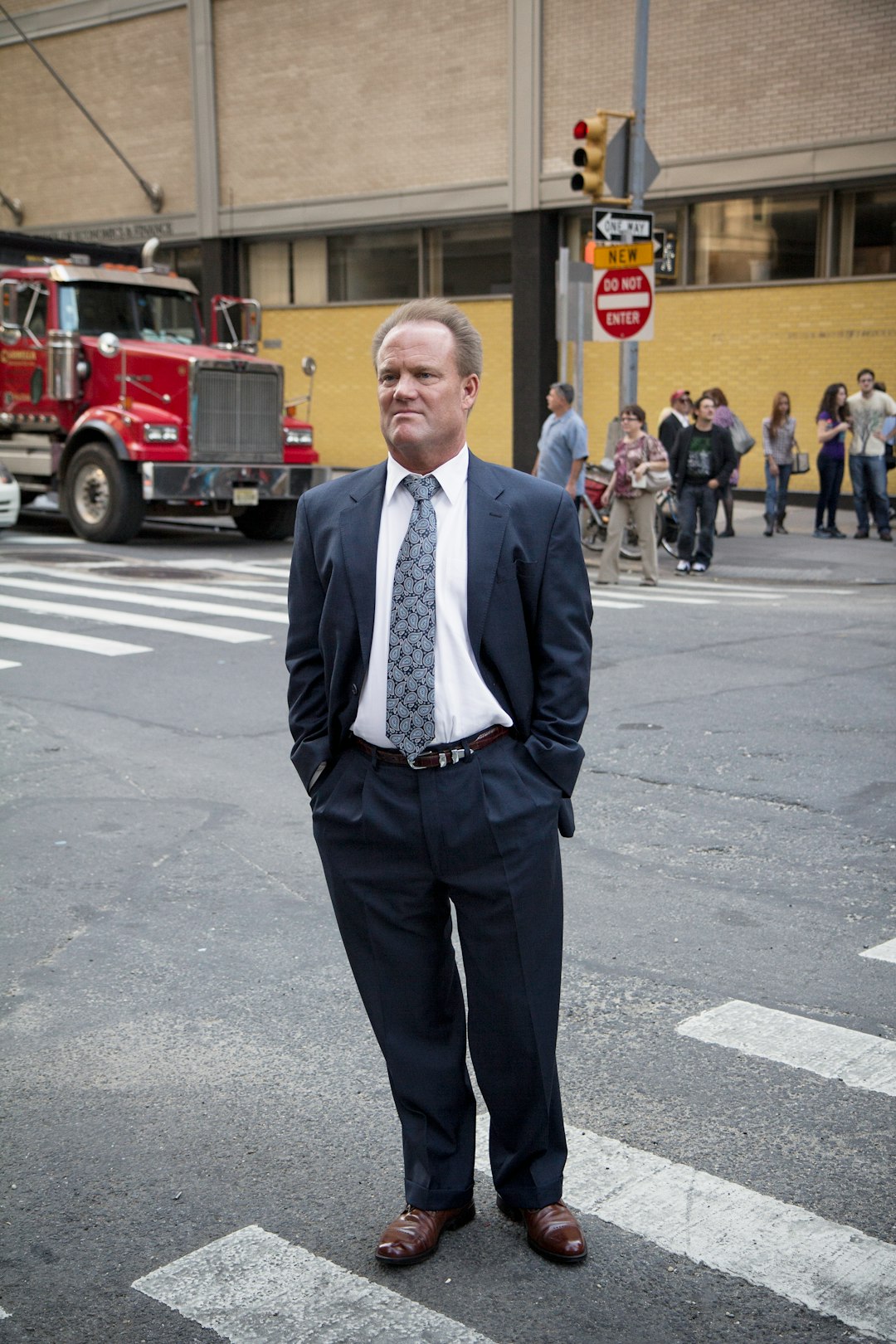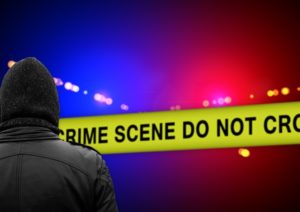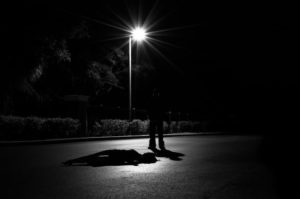Table of Contents
3 Things to Consider when Buying a Ballistic Vest
State Regulation
If you’ve ever been convicted of a violent crime, it’s illegal to wear body armor in the US.
Protection Levels
purchase a level III or a IV vest which offers greater protection than the IIA, II, and IIIA.
Mobility
Consider your level of mobility. The higher the protection level, the thicker and heavier it becomes.
Watch
What Body Armor is Best?
Best Ballistic Vest For Bodyguards, Dogs and Police Officers
There are a number of occupations that involve sometimes hazardous duty. This reality means that there is a wide variety of bulletproof vest designs to accommodate the specific needs of these different jobs. It’s not as easy as making a bulletproof vest for police officers and military personnel.
The demands of some jobs require a unique design–for example, a bulletproof vest for bodyguards must conceal well under clothing. In some cases, a different design is necessary because the wearer is a ‘different species’. With many law enforcement and military agencies utilizing ‘K9 Divisions,’ there is the need for specialized body armor for dogs.
BULLETPROOF VESTS FOR COPS:
- Police officers can purchase body armor in every US state as well as by mail
- The specific needs of law enforcement officers vary widely
- Some departments will have guidelines for body armor protection level (usually NIJ Level II A vests, Level II, or Level III A)
- Choose the vest protection level sufficient to handle a bullet shot from your sidearm
While civilians can buy bullet proof vests in 49 of the 50 states, there are no limitations on police officers or military personnel. States with their own regulations and requirements for body armor purchase always make an exception for the military and law enforcement.
Police officers are permitted to purchase vests ‘face to face’ from a local retailer or online from a top supplier like BulletProof.ME. A few states prohibit civilians from buying bullet proof vests via mail order and require ‘face to face’ sale.
Due to the wide variety of law enforcement agencies and the duties they perform it’s impossible to generalize about the specific needs a police officer has for a bulletproof vest. Factors include the function of the agency, the role of the officer in the agency, the jurisdiction in which an officer serves among other variables. For example, a homicide detective in Duluth, Minnesota will have dramatically different requirements for body armour than an anti-gang task force officer in South Central Los Angeles.
Some agencies will have their own specific requirements for the design and protection level of body armor worn by their officers. A department will use similar criteria as outlined above–the agency’s job function, role of officers in the agency, and the inherent danger level in their jurisdiction. A good guideline for determining the right protection level applies to both individual officers and entire departments–a vest should have a protection level sufficient to stop a bullet from an officer’s sidearm.
BULLETPROOF VESTS FOR BODYGUARDS:
- Bodyguards don’t always have an idea about the potential level of danger they face
- They must often remain inconclusive and be on alert for trouble
- Some specific needs of bodyguards vary due to the details of their duty.
- Concealabilty is often a major concern
Military personnel and law enforcement have some idea of the level of danger they face in their job. Bodyguards often don’t have that luxury. Sometimes they’ll know a specific threat they’re dealing with but more often their job is to remain unobtrusive and stay alert for trouble.
Alternately, they may be full-time employees of a celebrity or VIP to provide ‘crowd control’ and deal with any potential threat that arises. In some cases, the protection level necessary in a bulletproof vest for body guards is determined by the specifics of their job. A bodyguard hired to protect a rap music star filming a video in a rough neighborhood would have different needs than a bodyguard hired to protect a corporate CEO on a business trip to Mexico.
Some bodyguards have to be essential ‘ready for whatever’ while remaining low key and being able to ‘fit in’ until trouble arises. For this reason, concealability may be an essential need. In some cases, bodyguards use specially designed clothing with hidden bulletproof panels and even ‘accessories’ like bulletproof backpacks and briefcases.
BULLETPROOF VESTS FOR DOGS:
- There are many similar considerations in buying a canine bulletproof vest as for a human vest.
- Most law enforcement dog breeds are of a similar size and vests come in a ‘standard size’.
- Canine vests provide protection for the back, sides, underbelly, and chest.
- Dogs may also need additional protection from knife attacks
Body armor for dogs is rapidly growing in demand. More law enforcement agencies and the military are employing K-9 units. In addition, citizens are demanding that existing units provide quality bullet protection for the dogs in their service.
Aside from the obvious ‘structural differences’ in body configuration many of the factors that are important in vests for humans apply to their canine counterparts. Another obvious difference–dogs have a hard time providing input about fit, comfort, and other important details so their handlers must take care of these considerations on their behalf.
Since the majority of law enforcement service dogs are German Shepherds, Belgian Malinois or similar size breeds sizing is more standardized. Dogs need measuring to make sure they can wear the ‘standard size’. A canine vest needs to protect a dog’s back, sides, underbelly and chest–due to the nature of their work dogs face a large percentage of attacks to their chest area.
Dogs also face a higher number of knife attacks than their human colleagues necessitating specific protection against stab wounds. Canine vests have a ring attachment for a leash and optional pockets for cooling packs.






